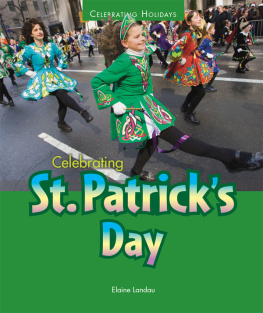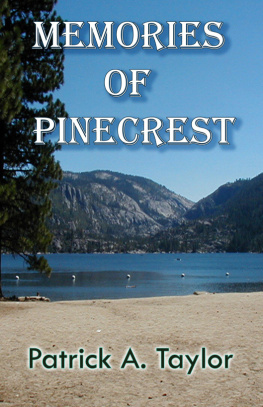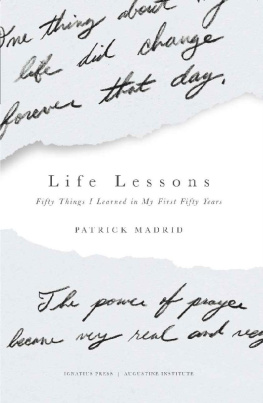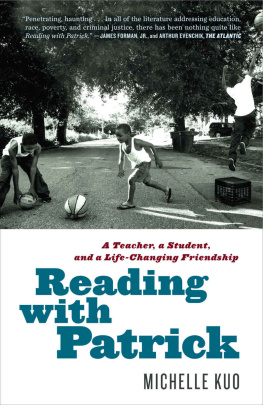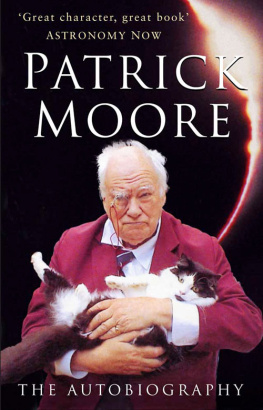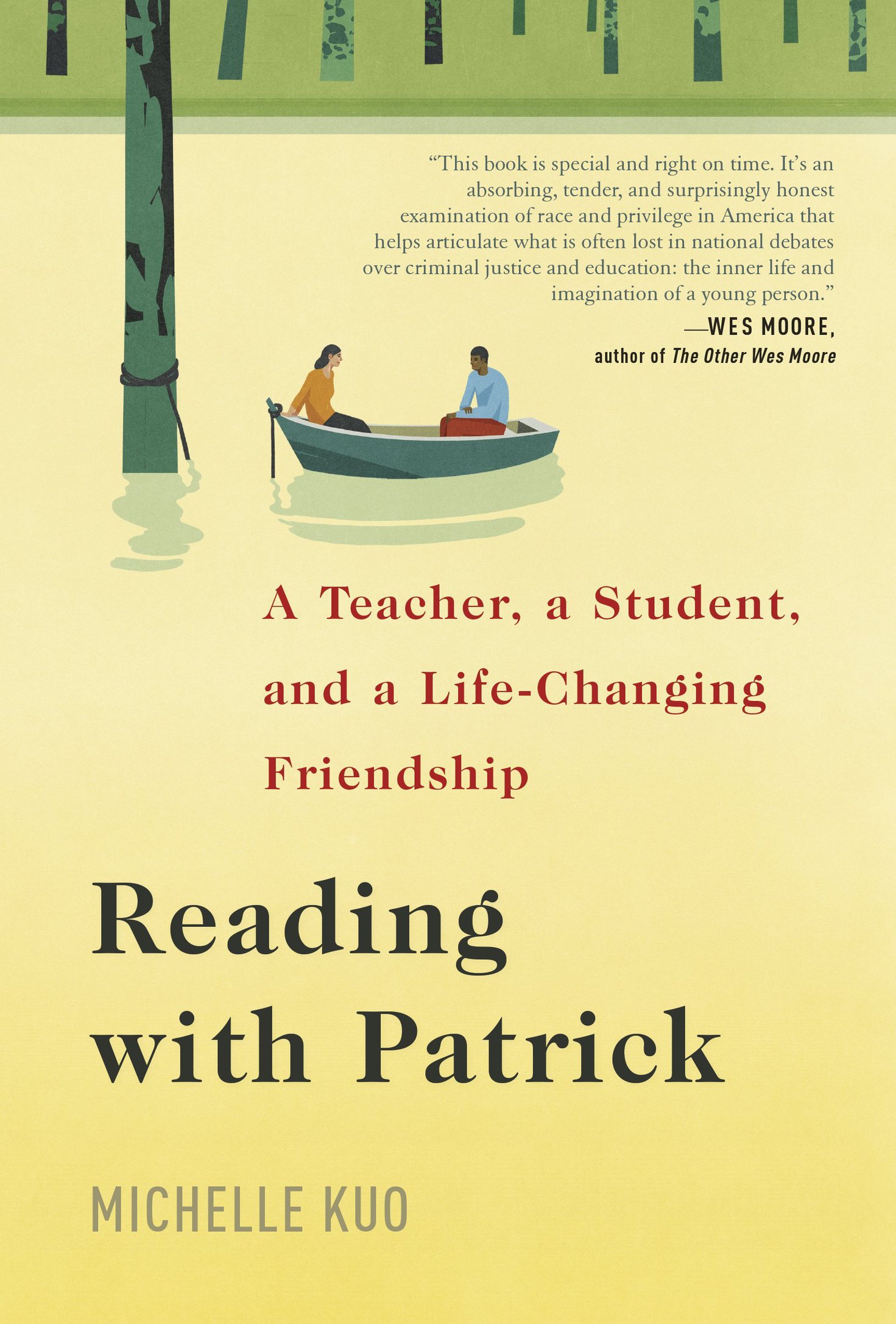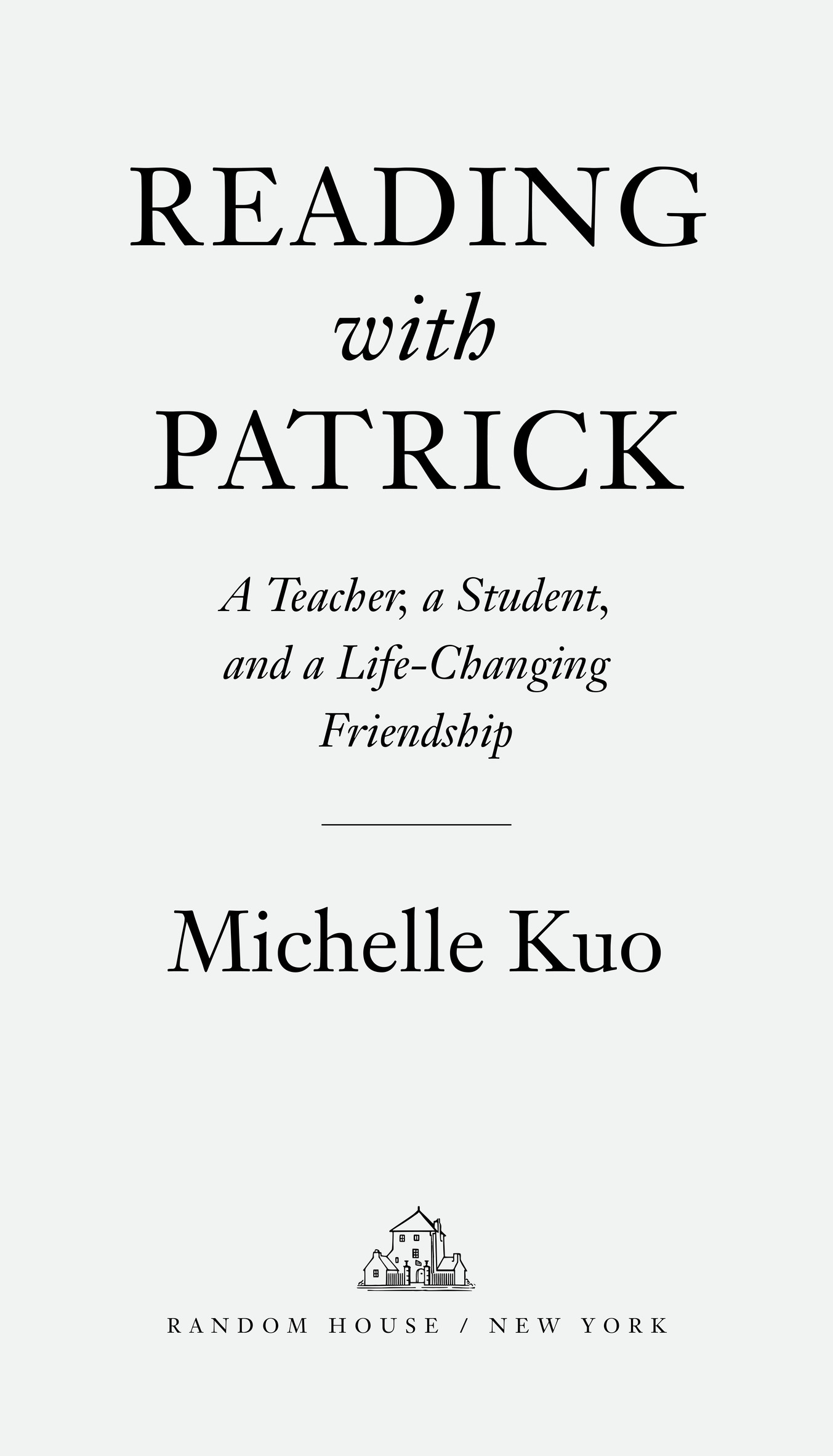Copyright 2017 by Michelle Kuo
All rights reserved.
Published in the United States by Random House, an imprint and division of Penguin Random House LLC, New York.
R ANDOM H OUSE and the H OUSE colophon are registered trademarks of Penguin Random House LLC.
Grateful acknowledgment is made to the following for permission to reprint previously published material:
Copper Canyon Press and The Wylie Agency, LLC: To Paula in Late Spring from The Shadow of Sirius by W. S. Merwin, copyright 2009 by W. S. Merwin. Reprinted with the permission of The Permissions Company, Inc., on behalf of Copper Canyon Press, www.coppercanyonpress.org, and The Wylie Agency, LLC. All rights reserved.
HarperCollins Publishers and Bloodaxe Books: Five haiku of Issas, four of Bashos from The Essential Haiku: Versions of Basho, Buson & Issa edited with an introduction by Robert Hass, introduction and translation copyright 1994 by Robert Hass. Unless otherwise noted, all translations copyright 1994 by Robert Hass. Reprinted by permission of HarperCollins Publishers and Bloodaxe Books.
W. W. Norton & Company: Nine lines from Easter Morning from A Coast of Trees by A. R. Ammons, copyright 1981 by A. R. Ammons. Reprinted by permission of W. W. Norton & Company.
The Charlotte Sheedy Literary Agency Inc.: Mysteries, Yes from Evidence by Mary Oliver (Boston, MA: Beacon Press, 2009), copyright 2009 by Mary Oliver. Reprinted by permission of The Charlotte Sheedy Literary Agency Inc.
LIBRARY OF CONGRESS CATALOGING-IN-PUBLICATION DATA
Names: Kuo, Michelle author.
Title: Reading with Patrick : a teacher, a student, and a life-changing friendship / Michelle Kuo.
Description: First edition. | New York : Random House, 2017.
Identifiers: LCCN 2016036759 | ISBN 9780812997316 | ISBN 9780812997323 (ebook)
Subjects: LCSH: PrisonersEducationUnited States. | Alternative schoolsUnited States. | PrisonersBooks and readingUnited States. | Race discriminationUnited States. | United StatesRace relations.
Classification: LCC HV8833 .K86 2017 | DDC 371.826/927092 [B]dc23 LC record available at https://lccn.loc.gov/2016036759
Ebook ISBN9780812997323
randomhousebooks.com
Book design by Susan Turner, adapted for ebook
Cover design: Belina Huey
Cover illustration: Shout
v4.1
ep
Contents
Stop thinking about saving your face. Think of our lives and tell us your particularized world. Make up a story. Narrative is radical, creating us at the very moment it is being created. We will not blame you if your reach exceeds your grasp; if love so ignites your words they go down in flames and nothing is left but their scald. Or if, with the reticence of a surgeons hands, your words suture only the places where blood might flow. We know you can never do it properlyonce and for all. Passion is never enough; neither is skill. But try. For our sake and yours forget your name in the street; tell us what the world has been to you in the dark places and in the light.Language alone protects us from the scariness of things with no names. Language alone is meditation.
T ONI M ORRISON , Nobel Prize Lecture, 1993
INTRODUCTION
I went to the Mississippi Delta with a specific project: to teach American history through black literature. I imagined teaching literature that had moved me. I envisioned my students galvanized, as I had been in eighth grade, by Martin Luther King, Jr.s Letter from Birmingham Jail, and mesmerized, as I had been in high school, by Malcolm Xs autobiography. I wanted my students to read James Baldwin, who wrote about the heroic stoicism of children who walked to school through a jeering mob. Books had taught me to admire a persons will to confront the world, to evaluate his experience honestly, as Ralph Ellison wrote. Books had changed me, charged me with responsibilities. And I believed books could change the lives of my students. It was unabashedly romantic. I was twenty-two.
My own origins, I believed, were prosaic. I had grown up in western Michigan in the 1980s, the daughter of Taiwanese immigrants. I walked to school, I played piano, I crushed on my brothers friends. On the first days of snow, my brother and I took our cheap plastic saucers out for a whirl and, during the summer, our parents both at work, we dutifully advanced through booklets of practice SATs, one English and one math, each day.
In certain ways, my parents had acclimated very well to the United States. They stacked foot-high collections of Michael Jackson and Joan Baez records in the living room, voted dutifully, never missing an election, and brought home for dinner the occasional bucket of fried chicken. But in other ways, my parents seemed preoccupied by their status as outsiders. They told me cautionary tales about Asians in America being cowed, killed, and then forgotten. There was Vincent Chin, in Detroit, who in 1982 was bludgeoned to death with a baseball bat, a week before his wedding. Chin had worked in an auto industry dominated by anti-Japanese sentiment. Its because of you little motherfuckers that were out of work, the killers, both white men, had said to him. (Vincent was not Japanese but Chinese American and was born in the States.) The killers served no jail time. These werent the kind of men you send to jail, the judge stated later. You dont make the punishment fit the crime; you make the punishment fit the criminal.
The other story my parents told me was about a sixteen-year-old kid in the Deep South, somewhere in Louisianathis time, actually Japanesewhom we referred to as the Japanese exchange student. Invited to a Halloween party in the early nineties, he showed up at the wrong house, dressed in a white suit as John Travolta in Saturday Night Fever. He rang the doorbell and was shot dead at point-blank range. The shooter was charged with manslaughter. He claimed at court that the kid moved in a strange way; his lawyer told the jury that the killer was protecting his property and that he was an average Joe, one of your neighbors, someone who liked sugar in his grits. He was acquitted.
Nobody will tell you these stories, my parents told me. We tell you because we want you to be careful.
Be careful: That was the central message. Like many immigrants, my parents were fearful people, and they seemed determined to remind me that tragedy might be right around the corner. It only took one ignorant guy with a gun or a baseball bat. In actual numbers, the likelihood an Asian would be murdered in the 1980s and 1990s was minimal. And yet, in a way, they were telling me something important. They were trying to tell me that we did not figure, at all, in the national imagination. Indeed, until my second year of college, I never learned about Asian Americans, alive or dead, in any class, from any teacher. As an immigrant group, we were convenient on the one hand but also, ultimately, disposable. When we did well, people would vaguely point to us as evidence of the American dream, but when we were killed for being Asian, the media wasnt interested. Our dying did not betray any myth or ideal about America. Why? Because we werent American. Our faces gave us away.



